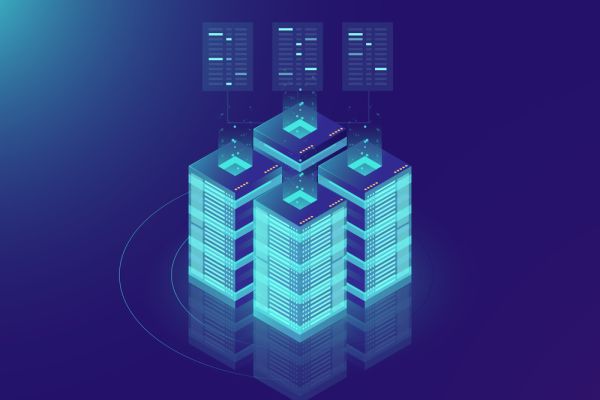Serverless architecture is a cloud-based model where cloud providers like AWS, Azure, and Google Cloud handle server provisioning, resource allocation, and scaling. This allows developers to focus on building applications while the provider takes care of infrastructure maintenance. Despite the name, "serverless" means shifting the responsibility of server management away from developers, not the absence of servers. This shift from traditional server models meets the demand for scalability, cost-efficiency, and agility in application development.
Serverless computing offers a pay-per-use model, allowing applications to scale dynamically with demand, reducing operational costs. This transition impacts not only technical implementation but also project management and the required skills for development teams. In 2024, serverless architecture enables developers to optimize code for efficiency while cloud providers manage scalability, availability, and fault tolerance.
Key Aspects of Serverless Architecture
Serverless architecture abstracts the complexities of managing servers, operating systems, and virtual machines, offering a more streamlined development experience. While it brings several benefits, it also presents certain challenges.
Event-Triggered Functions (FaaS): FaaS allows developers to deploy individual functions that respond to events without worrying about managing servers (e.g., AWS Lambda, Azure Functions).
Pre-Built Backend Solutions (BaaS): BaaS offers ready-made backend services, such as databases and authentication, enabling developers to focus on building the frontend (e.g., Firebase, AWS Amplify).
Responsive Architecture: Serverless systems are inherently event-driven, where functions are triggered by events like HTTP requests or file uploads, promoting scalable, decoupled systems.
Key Advantages of Serverless Architecture
Cost-Effective Pricing: The pay-per-use model allows businesses to save costs, particularly when dealing with fluctuating traffic.
Seamless Scalability: Serverless applications automatically scale based on traffic demand, ensuring smooth performance without manual intervention.
Rapid Deployment: Developers can quickly deploy code, reducing time-to-market and enhancing speed.
Built-in Resilience: Serverless platforms offer redundancy features, ensuring high availability even during server failures.
Flexibility: The modular, event-driven design makes it easier to scale and implement frequent updates.
Challenges of Serverless Architecture
Limited Control: Compared to traditional server models, backend infrastructure customization is more restricted.
Provider Dependence: Migrating between providers can be complex and costly, which might lead to vendor lock-in.
Latency Delays: Functions may experience delays (cold starts) if they have been idle for a while.
Security Concerns: Since serverless platforms operate in multi-tenant environments, the provider’s security features are crucial, which may introduce certain risks.
Debugging Complexity: Troubleshooting across distributed components can be challenging in serverless environments.
Conclusion
Serverless architecture provides numerous benefits, including cost-efficiency, scalability, and faster deployment, making it an ideal choice for modern applications. However, it also brings challenges like limited control, vendor lock-in, and debugging difficulties. Before adopting this approach, businesses must assess their needs and long-term goals to ensure it aligns with their objectives.
At Grapelime Innovations, we bring your ideas to life by crafting scalable, cost-effective applications tailored to your unique needs. We take the complexity out of infrastructure, so you can focus on what truly matters delivering unforgettable user experiences and driving impactful results.
Let’s collaborate to transform your vision into reality.
Reach out to us today at [email protected] we can’t wait to make something extraordinary together!


